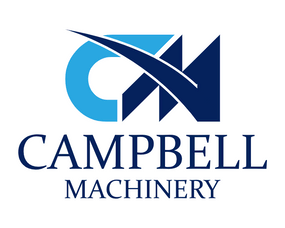16/03/2022 0 Comments
What is Vapour Blasting?
One of the first alternatives for sandblasting to appear was vapour blasting. Despite being around for over 70 years, some companies are only now adopting this wet blasting technique.
Vapour blasting can offer many useful benefits over traditional sand blasting methods, particularly if you are concerned with a clean breathing environment, flexibility and pristine finishes.
History of Vapour Blasting
The first form of vapour abrasive blasting appeared in the 1950’s following a ban on sandblasting in Britain. Health concerns were raised by inhalation of silicon particles from sandblasting dust, which could eventually lead to silicosis. Its inventor was Norman Ashworth, who later went on to create one of the first wet abrasive enterprises, Abrasive Developments Limited.
Ashworth noticed that the wet blasting process could not only provide a safer working environment, but also promised a more smooth and consistent finish to surfaces.
How Vapour Blasting Works
Unlike traditional sandblasting methods, vapour blasting mixes its abrasive with compressed air and water. Compared to the eruption of silicon particles in a typical sandblasting application, vapour blasting uses the water to press down on escaping dust particles, reducing the risks of inhaling dust particles significantly.
The water also acts as a lubricant for the abrasive particles upon impact, ensuring that a smooth and fine finish is applied without damaging the surface. In some cases, compounds may be added to the water in order to provide an even cleaner and refined finish. Due to the flexibility of the system, there are also a wide selection of abrasive media to choose from.
Compared to sandblasting technologies, vapour blasting tends to consume far less power and generate low overhead costs.
Vapour Blasting Today
Nowadays, wet blasting techniques have seen widespread adoption with the introduction of several key enterprises. One such enterprise is Vapormatt, set up by the son of Norman Ashworth, Stewart Ashworth.
At Campbell Machinery, we extensively use and recommend Vapormatt technology for many wet abrasive blasting solutions. The design of Vapormatt systems are rigorously tested in order to minimise the presence of dust and static electricity.
Vapormatt units come in a variety of sizes and functions that can accommodate all different kinds of wet blasting needs.
If you would like to find out more information about our Vapour Blasting solutions, please contact us today.


Comments
Leave a comment